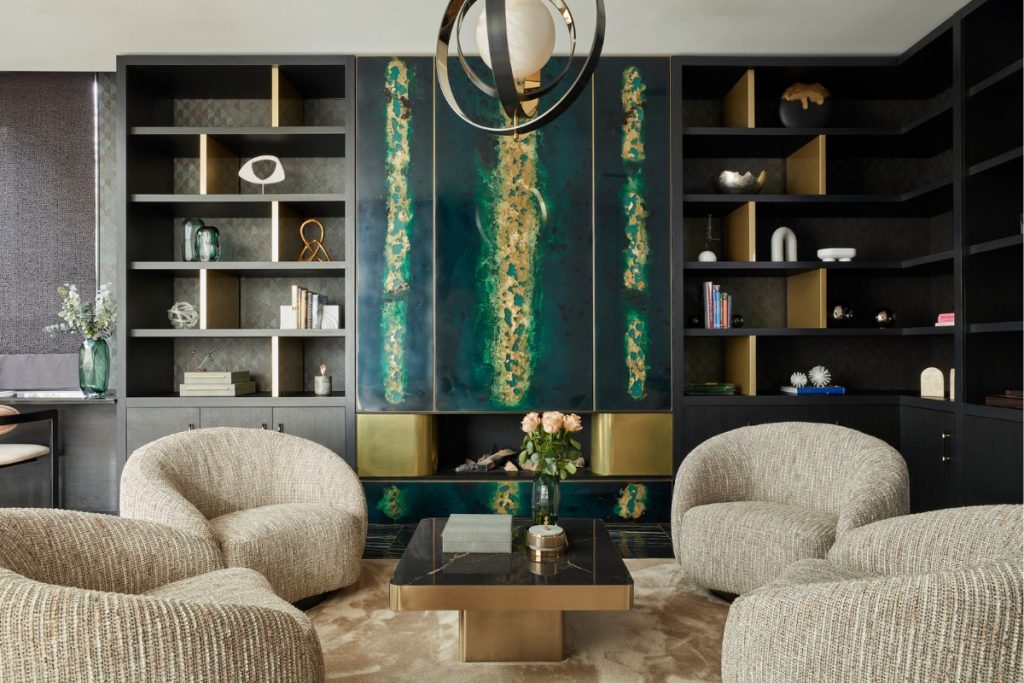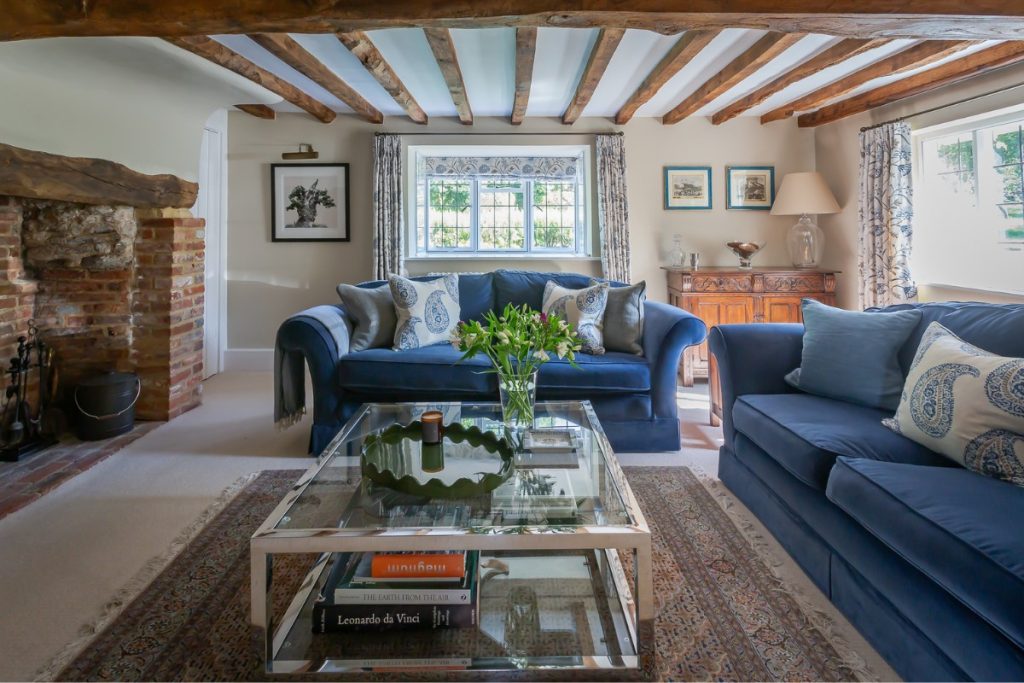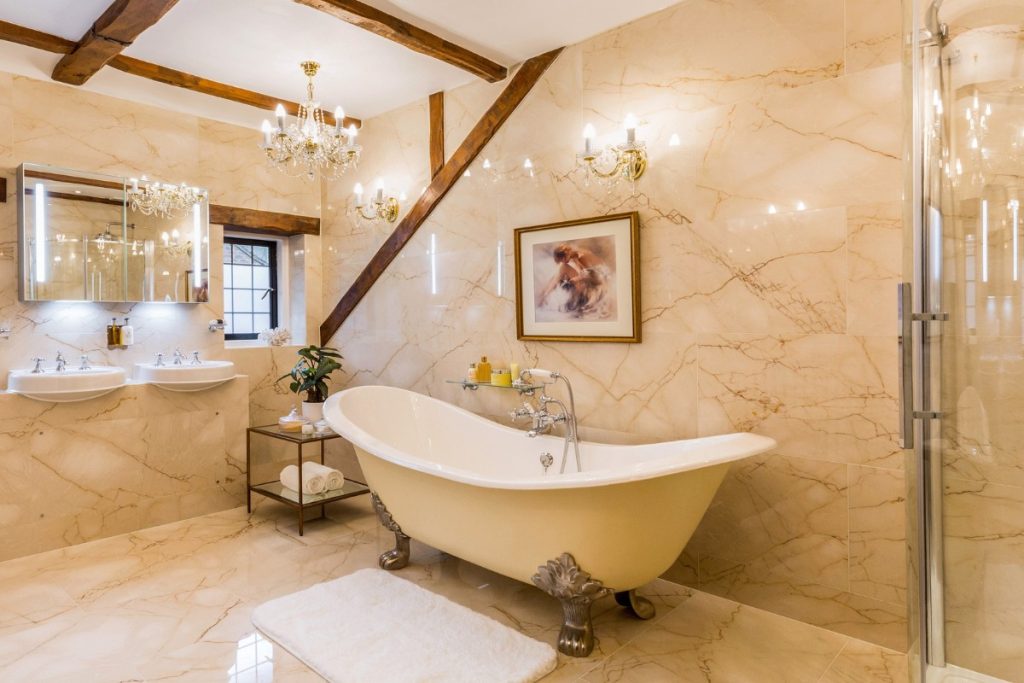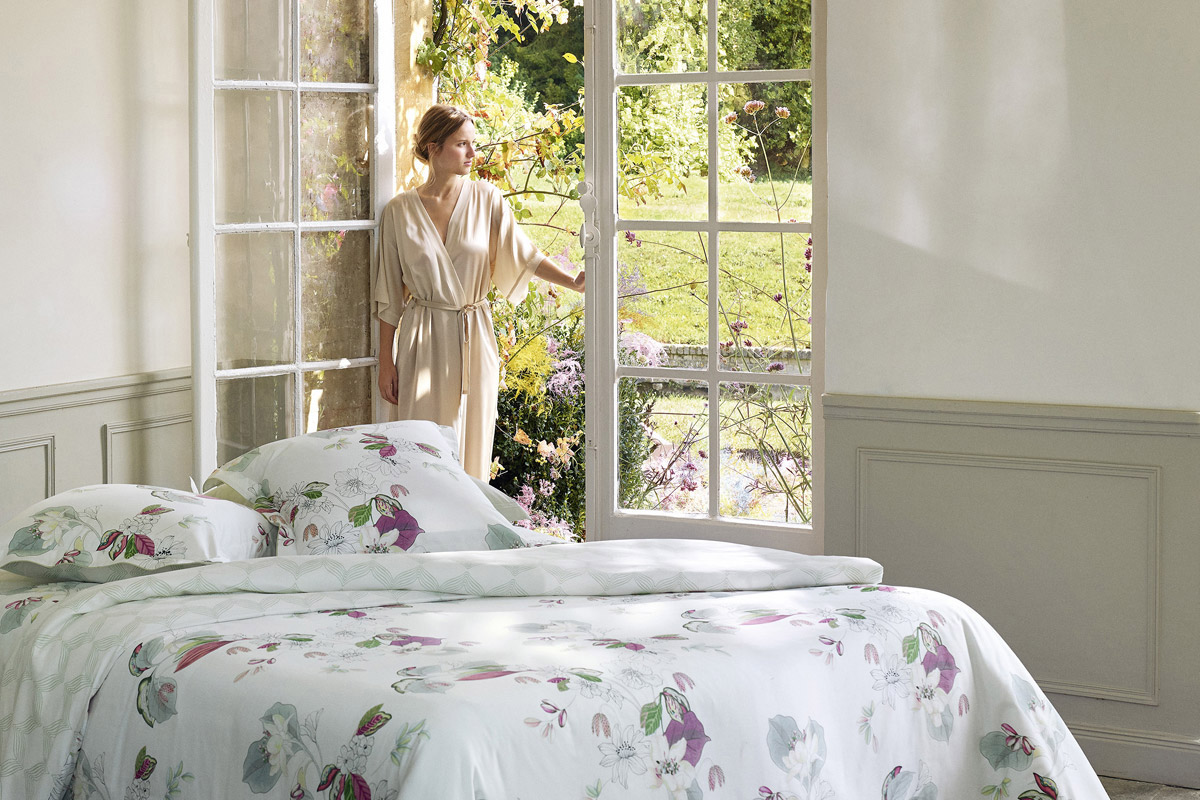 27th May 2020 | IN DESIGN ADVICE | BY SBID
27th May 2020 | IN DESIGN ADVICE | BY SBIDWe spend about a third of our lives asleep. According to the Mental Health Foundation, it is as important to our bodies as eating, drinking and breathing, and is vital for maintaining good mental and physical health.
The bedroom is also one of the most important rooms of the home in feng shui philosophy. By incorporating certain elements into bedroom spaces, you can create harmony and comfort which can lead to improved wellbeing, better sleep and increased relaxation. Yves Delorme, specialists in luxury home linens and bedding, share key decoration tips for designers to maximise bedroom designs for the comfort and wellbeing of clients.
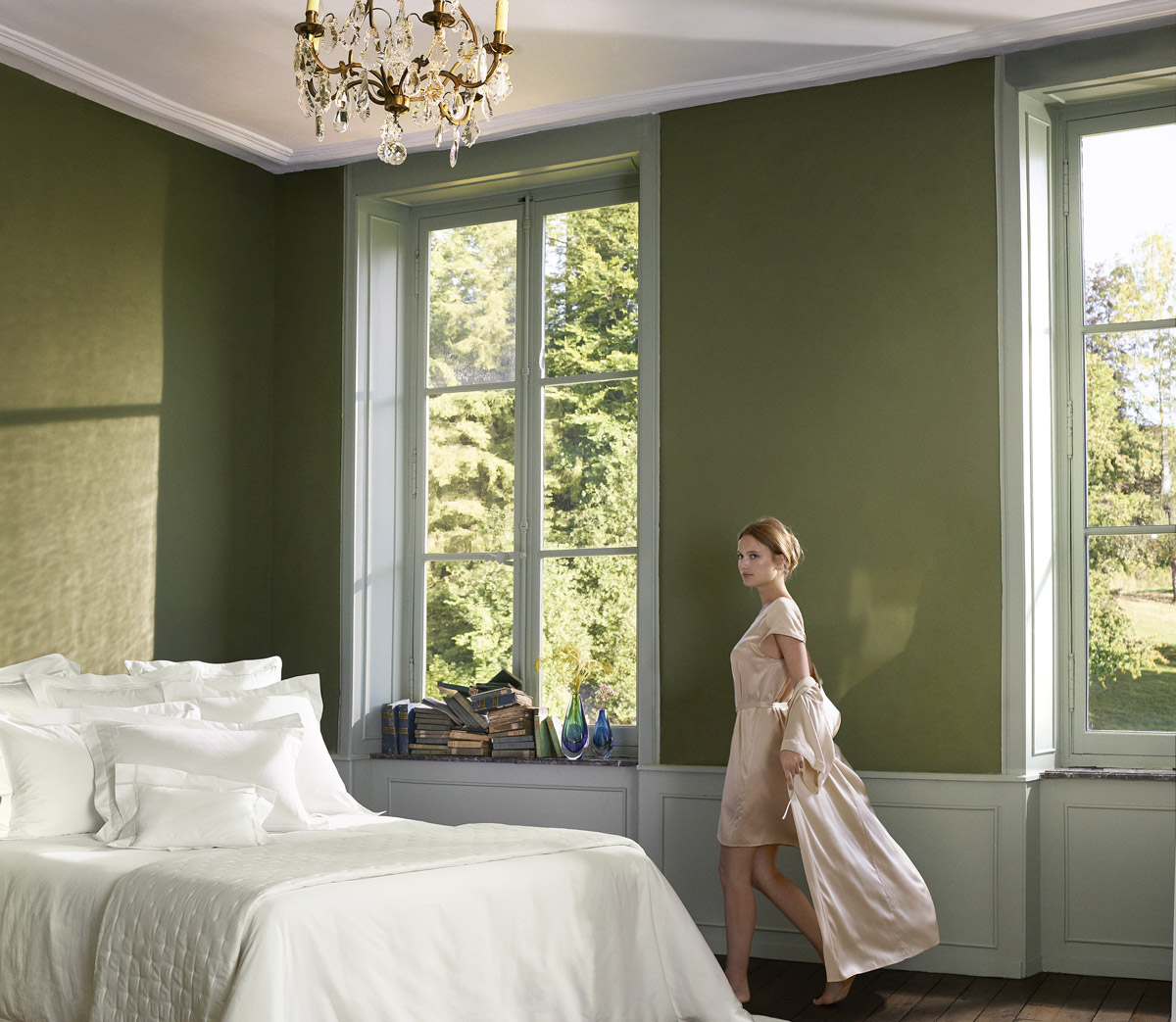
Choice of Bedlinen
To get the perfect bedding, first decide whether non-allergic filling is needed, then consider which tog rating is right for your client and appropriate for the time of the year. While thread count is a consideration, there are other important features to measure comfort, quality and value: the type of cotton, the feel of the fabric, and the nature of the finishing. The thread count of “standard” cotton or muslin is around 150; good-quality sheets start at 180-thread count; and a count of 200 and higher is considered ‘percale’.
Thread count also has to do with the yarn construction and quality of the yarn. With finer threads, like those produced with Egyptian cotton, more can be woven into each square inch, producing a finer, softer, more flexible fabric.
Choosing the right size duvet:
If the client in prone to toss and turn in their sleep, choose an overhang of 30-40 centimetres!
Bed Width (cm)
- Single: 90
- Double: 135
- King: 150
- Super King: 180
Recommended Duvet Size (cm)
- 140×200 or 200×200
- 200×200 or 240×220
- 240×220 or 260×220
- 260×220
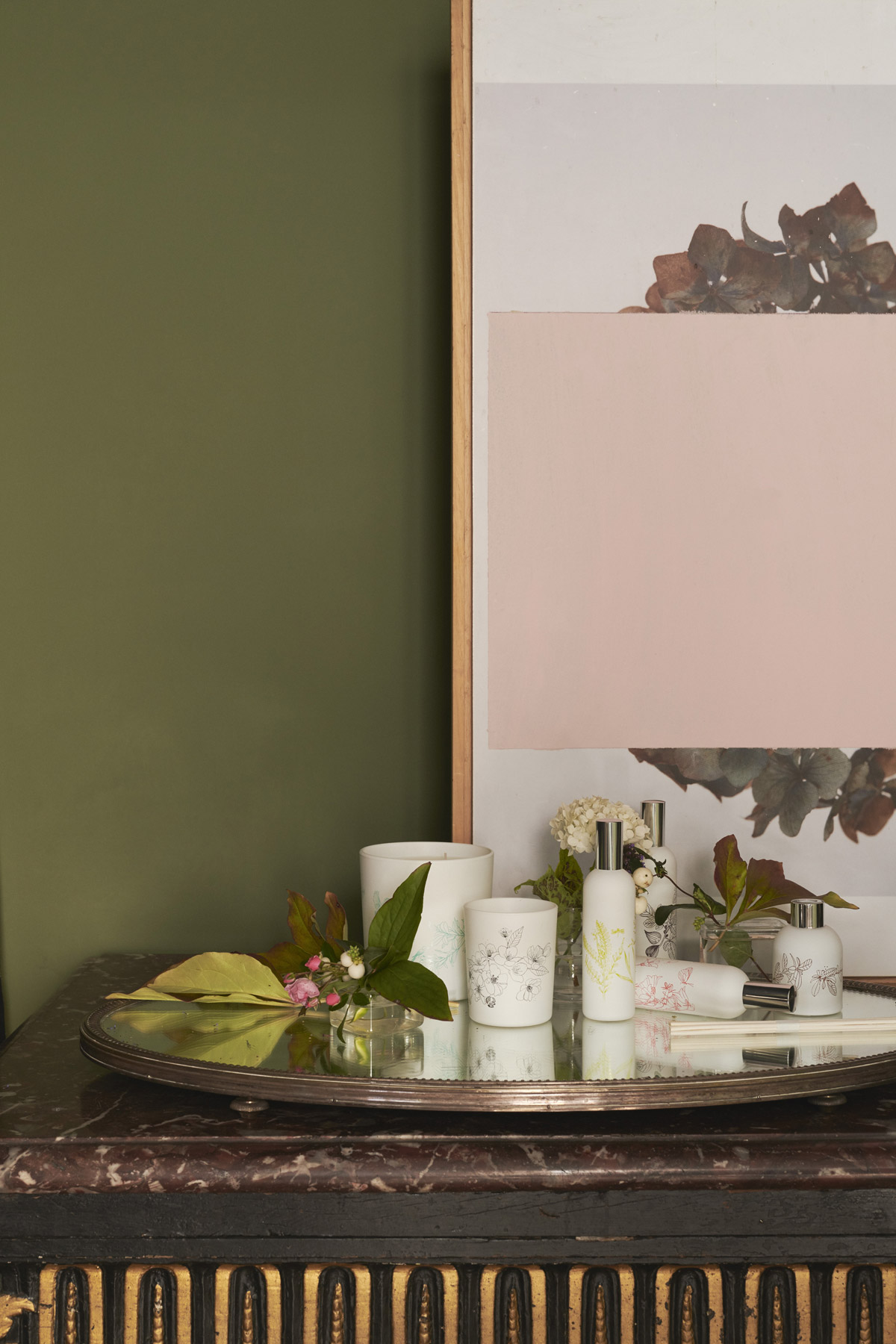

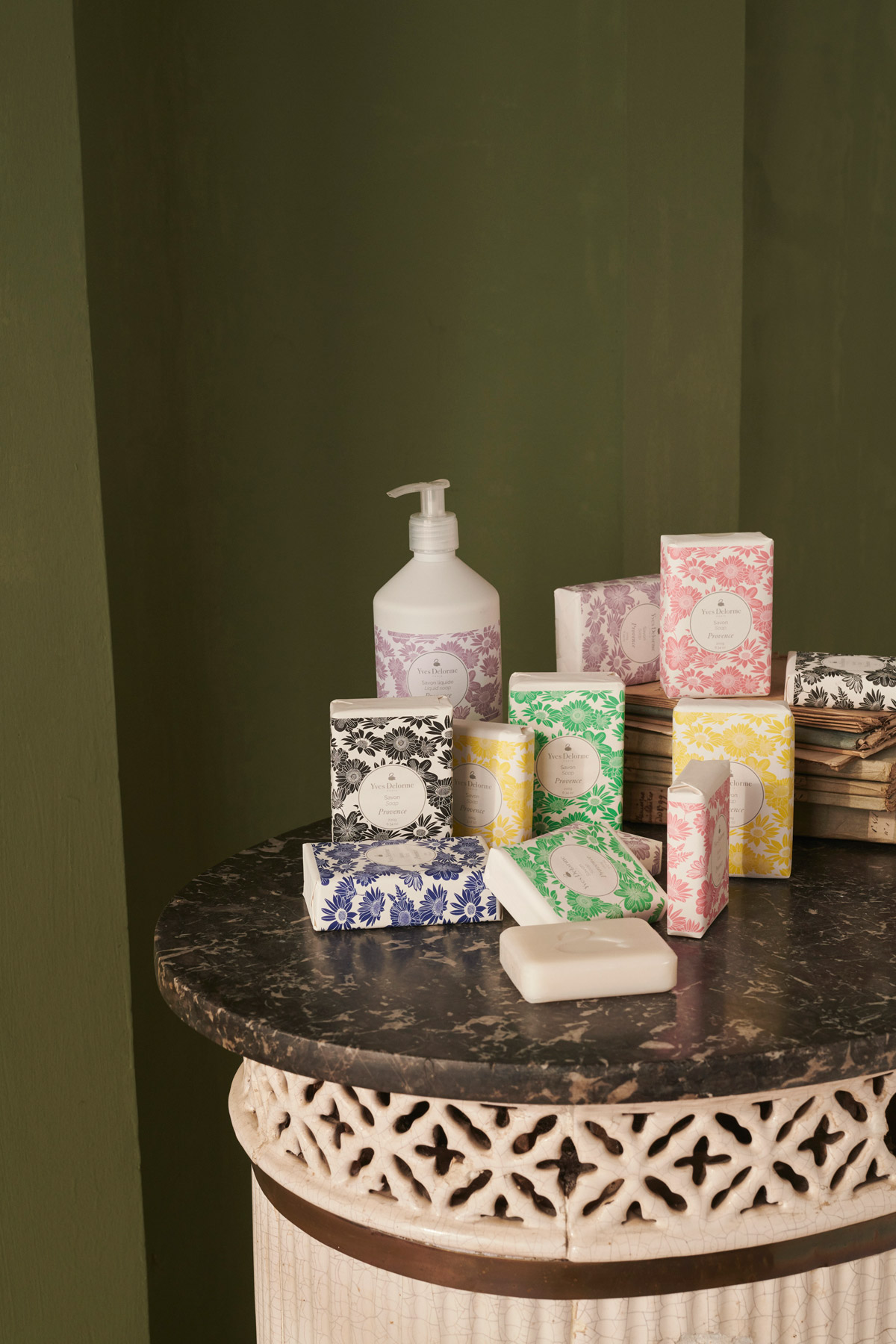
Smells and Relaxation
Good interior design should appeal to all the senses: vision, hearing, touch and smell. Smell tends to be the most powerful link to emotions and feelings so should not be overlooked when it comes to the bedroom!
Whether you opt for fragrances in the form of candles, pillow mist, or room sprays, these soothing smells are proven to promote rest and relaxation. Another trick is to spray perfume on crystals; amethyst is a widely known as the sleep crystal – it provides a soothing and serene frequency. Perfect for placement on a bedside table!
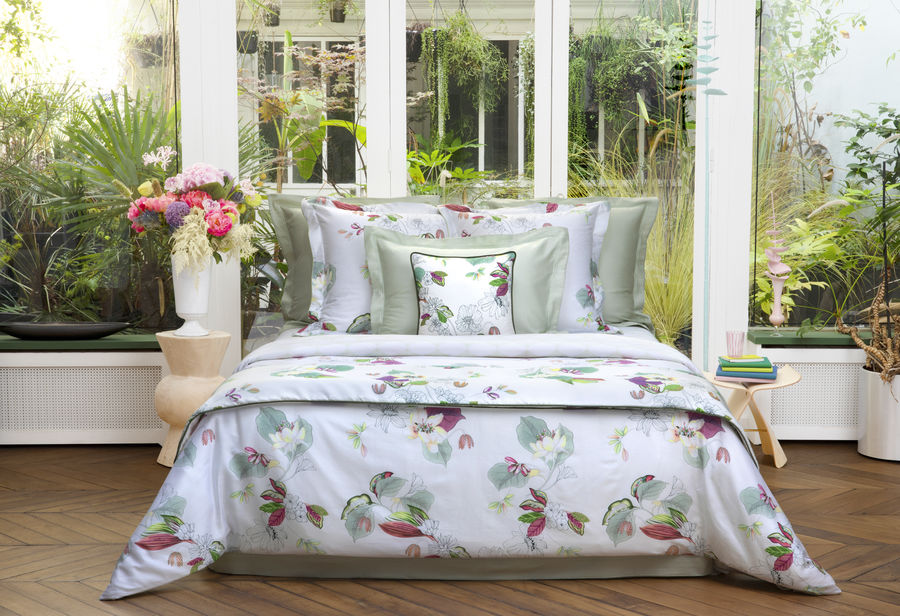
Considering Feng Shui
According to feng shui, you should incorporate five elements in a home:
Fire elements are often considered the most powerful and can be represented through candles, or by incorporating the colour red!
Earth gives a sense of security and grounding. For this, using textiles in a granite or earthy colours, adding rock features, thick carpet and antique pottery can help to bring the earth element indoors.
Metal stimulates mental strength and intellectual abilities, making it easier to focus and think clearly; try incorporating metal elements with sculptures or bed frames for example.
Water helps promote calm energies in a room. Reflect this with additions like aquariums, water features, free-form artwork, or fluid glass statues.
Wood helps to develop creative energies such as inspiration, motivation and passion. This can be represented through wooden floors and furniture, as well as plants or trees.
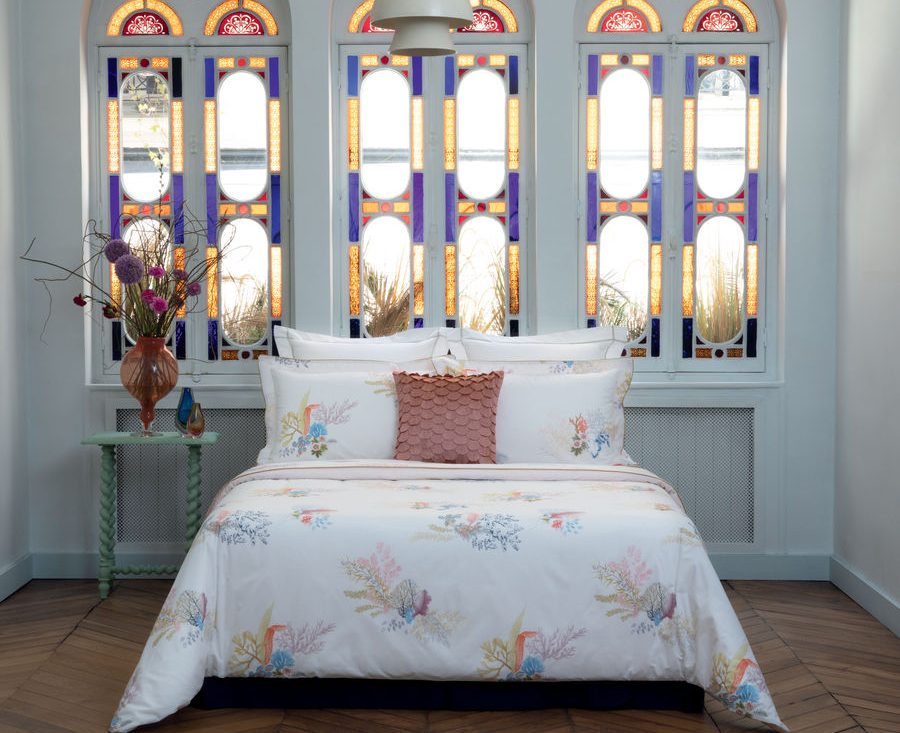

Bedroom Design Tips:
Avoid Sharp Edges
Soften your space by adding more natural decor like plants, lamps, sculptures and other smooth edges to provide balance and fluidity.
Window Coverage
Daylight can disrupt sleep and influence our biological clock. Adding darker drapes or curtains along both sides of the window can create a cosier feel and keep light from the outside blocked out.
Minimise Electronics
EMFs are electric and magnetic fields created by electronic devices. They can be harmful and affect wellbeing, including influencing quality of sleep. Keep your smartphone at least three feet from where you rest your head.
Organise Your Bookshelf
Clutter is a low, stagnant and confusing energy that drains our energy, so organisation can make or break a room’s feng shui. Organise your books based on colour and weight – placing the heavier books at the bottom of the book case.
Adding a Headboard
A headboard represents stability and support in your life – adding a sturdy headboard to your bed creates a more secure feeling over a bare wall.
Bring Down Tall Ceilings
With a larger spaces, we can feel less in control of surroundings, causing us to sleep on high alert rather than fully relaxed. If you want to bring down the height, there are a few tactics like painting the ceiling a darker colour or adding visual interest to the lower half of the room with pillows, area rugs or vases. You can also hang crystals or use low hanging lights!
Keep Work Out
This is designed to be a restful space so if possible, resist the urge to convert some of this space into a small home office. Work associated items like laptops and phones create a distracting environment, making it more difficult to swtich off, de-stress and relax.
About the Author
SBID Accredited Industry Partner, Yves Delorme shares its passion for luxury home linens since 1845, with a sophisticated collection of quality bed and bath linens made of the finest Egyptian Cotton.
This article was written by Prune Allain des Beauvais, Head of Marketing at Yves Delorme.
If you’d like to become SBID Accredited, click here to find out more.
